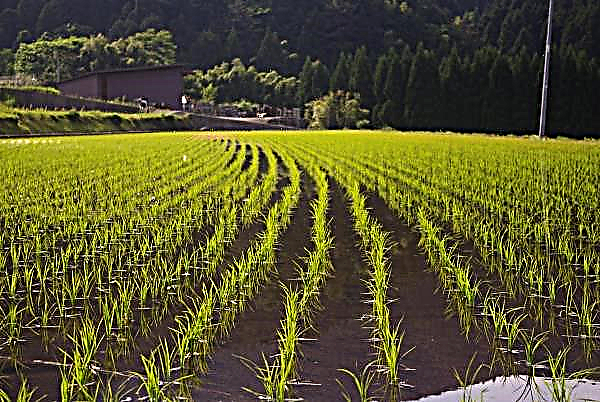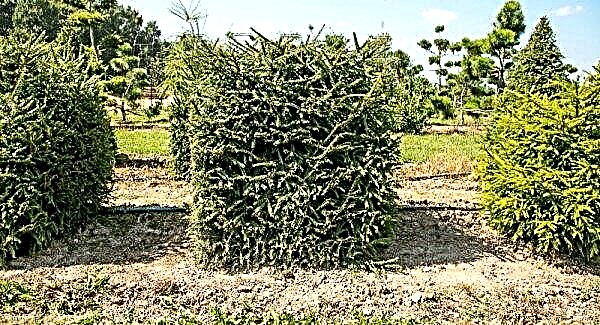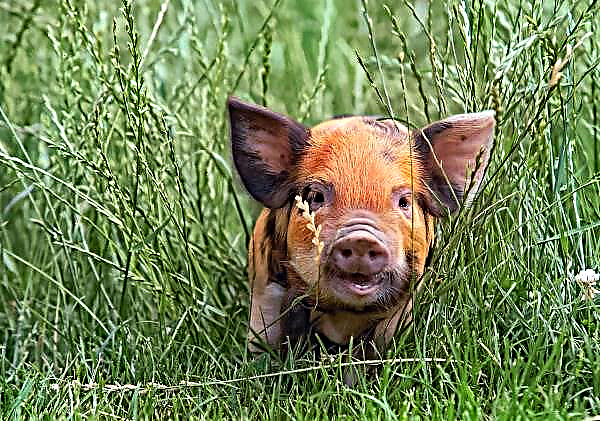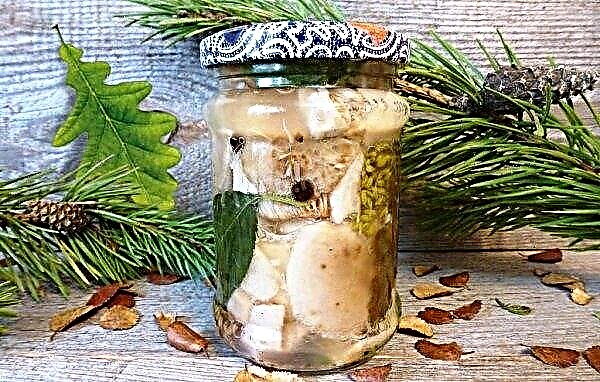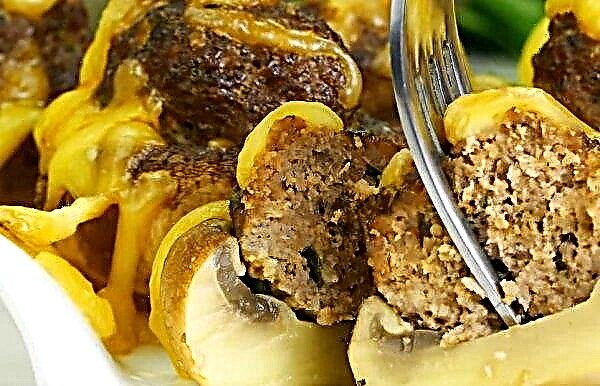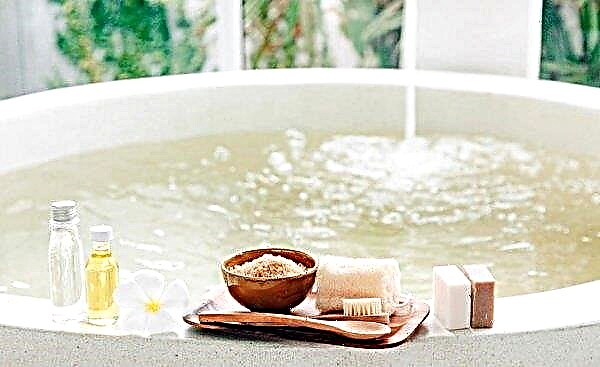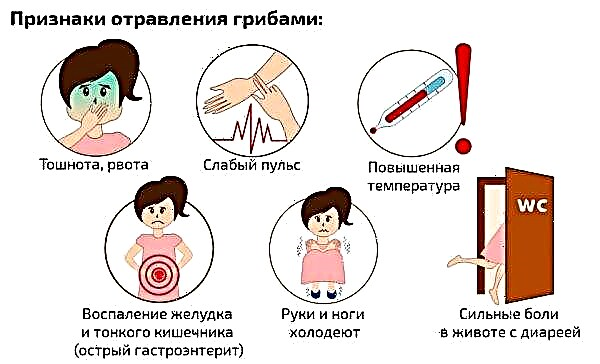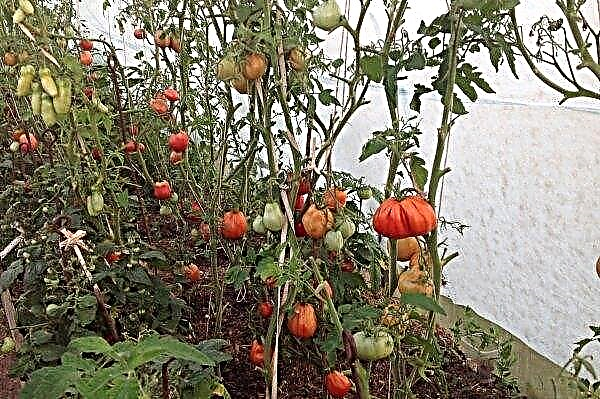Greenhouses are used in regions with a cool climate in order to accelerate the ripening of the crop. In winter, they will be indispensable for maintaining crops that could be affected outdoors. Even in an unheated building, the air temperature will be higher than outdoor, which is better for wintering plants.
If you are worried that the greenhouse may suffer from wind or snow, here you will find some tips on how to strengthen it and take care of the correct preparation for the new growing season.
What can damage the base of the greenhouse in winter?
Greenhouses are usually made of a metal or wooden frame using film, polycarbonate or other materials as a ceiling. Even if the structure seems to be solid, its integrity may be impaired with a strong wind or snow. Therefore, you should take care to strengthen the greenhouse itself and protect the plants inside. For reinforcement, you can additionally put props or struts, make a reinforced frame due to additional arcs.
Important! It is important to remember that although most greenhouses come with a manufacturer’s warranty for several years, it may not apply to structures damaged by wind or storm.
To reduce the likelihood of damage, it would be nice to:
- Carefully plan the placement of the structure, providing for a lateral location at a right angle to the wind. If the greenhouse is covered from the wind from two sides, then this will be the best option. Fences and conifers also provide very good shelter from the wind.
- Make sure the quality of the assembly and install it so that it is smooth and stable. It is also important to make sure that the base of the structure itself is firmly fixed to the ground. This is best done with a screw, washer and plug in each corner.
- If the polycarbonate panels are not fixed with a waterproof seal, it is very useful to add silicone sealant along the edge of all joints. This will add rigidity to the structure.

Following these tips, you will be sure that the greenhouse will be as prepared for the winter as possible. And the plants inside will have optimal climatic conditions.
Preparing the greenhouse for winter
The first thing to do is to remove plant residues from the greenhouse after harvesting in order to prevent the wintering of pests and also prevent rodents. Use a grid with small cells around the perimeter of the greenhouse, deepening it by 15 cm and bending it outward at an angle of 90 °. Place containers or tubs with wintering plants so that it is convenient for you to approach any of the walls of the greenhouse if you need urgent repairs.
Did you know? The first notes about greenhouses appeared during the time of Emperor Tiberius from 14 to 37 A.D. e. His gardeners thought of covering containers with cucumbers with transparent sheets of mica, thereby creating the first greenhouses.
Greenhouse cleaning
Choose a sunny, dry day to clean in the greenhouse. You will need a bucket of hot water, a disinfectant for greenhouses, a sponge and something to remove dirt from the cracks.
Start from the ceiling and move down. Sweep the walls and interior structures. Remove organic matter and weeds. Microorganisms can be in the rafters, window ledges, in the relief of plastic, cracks. Particular care is needed to clean concrete structures and wood.
After you have walked over the entire surface, washed and cleaned the sections and all the cracks, leave it to dry thoroughly for a while. Washing is necessary so that as much light as possible gets inside. After all, a winter day is short and it will be important for your plants.
Irrigation systems also cleanse dirt and accumulate organisms (biofilms) at the end of the growing season. To do this, use special substances for cleaning irrigation systems or disinfectants containing hydrogen peroxide and peroxyacetic acid.
Wall and frame processing
Before moving on to more complex jobs, try to eliminate drafts and blowing snow in strong winds. And remember that a gust of wind that has got inside never leaves through the same hole through which it penetrated. Therefore, sealing is one of the most important elements of protection. Replace all cracked panels, seal the gaps at the joints with sealant, and make sure that the doors and vents are securely fastened.
Cladding the greenhouse with an inner additional layer of plastic — essentially creating double glazing — will close the air gaps and reduce the rate of heat outflow. Bubble film is a cheap insulating material that can be used to insulate the greenhouse from the inside instead of the second layer of plastic.
Important! A film with larger bubbles allows more light to pass through and provides better insulation. A special garden bubble film also stabilizes the effect of ultraviolet radiation on wintering plants.
Attach the bubble wrap to the inside of the aluminum frame using the clips. For a wooden frame - use a staple gun.
Use additional insulation only if you feel that your plants will not survive the winter without it. Modern polycarbonate perfectly transmits sunlight and withstands snow mass. And since most greenhouses are arched, single-pitched or gable, it is only necessary to worry about freezing snow with heavy snowfalls.
The inside of the north side can be insulated with a roll of inexpensive thermal insulation foil. The material will reflect heat and light back into the greenhouse.
Do not forget about the insulating properties of the snow itself. It is not for nothing that they call it “snow cover”. Knock down a large amount of snow from the roof and you can not worry about the small mass.
Also use plastic bottles to cover plants. They will help them better survive the frost.
Disinfection Methods
Many pathogens are eliminated with disinfectants. For example, dust particles from plant pots may contain spores of scab or other fungi. Disinfectants will help control these pathogens.
There are several different types of disinfectants for greenhouses:
- Quaternary ammonium compounds (QUAS) - broad-spectrum drugs that are safe for humans and animals;
- hydrogen dioxide (carbon dioxide for greenhouses);
- hydrogen peroxide and peroxyacetic acid;
- chlorine bleach.
Alcohol, although it is not used as a general disinfectant, can be used to disinfect the tools you use to crop plants. All of these substances have different properties. Disinfection can take the form of fumigation, spraying or dry dusting.
Did you know? The first modern greenhouses appeared in Italy during the Renaissance. They grew exotic flowers and fruits, which sailors brought from eastern countries.
Gray fumigation
Smoke bombs as a disinfectant work well in a building without cracks. If there are no checkers, then they can be replaced by pieces of sulfur laid on metal sheets above a barbecue with coals. After the baking sheets are placed, you must leave the room and leave it for 2-3 days.
The consumption of the substance is 80 g / m³ area. When using checkers, you need to light the wick and exit the greenhouse. It will smolder, filling the structure with smoke for some time. You must definitely withstand the processing time. Subsequent ventilation is carried out for a week. In this case, most of the microorganisms should die.

Urea Use
Urea is a source of nitrogen beneficial to plants. After harvesting, it is introduced into the soil as a disinfectant. Combining with the soil, it turns into ammonium carbonate, similar in properties to the salts of quaternary ammonium chloride (HOUR). These substances inhibit fungal, bacterial and viral pathogens.
Contact with any type of organic substance inactivates them. Therefore, first clean objects or soil from organic debris. Use a urea solution to spray the soil immediately after preparation. For the solution, take 0.5 kg of urea per 10 liters of water. Urea is soluble only in hot water, at temperatures above + 50 ° C.
Bleaching powder
The disinfecting properties of bleach are well known to any housewife. Lime consumption rates are determined depending on the application. Chlorine lime is used to disinfect almost all surfaces. The peculiarity of such a solution is that it must be prepared and used very fresh. Its half-life is only 2 hours. Usually, for disinfection, a 0.5% solution, which is applied to the disinfected surface, is sufficient for 30 minutes, and then washed off with warm water. The room must be well ventilated.
Important! It is not recommended to lime metal surfaces to prevent corrosion.
Sulfur Checkers
Sulfur checkers are intended for disinfection from any parasites that may be in the soil or on different surfaces. Smoke, unlike other processing methods, can penetrate into all possible gaps, including where it is impossible to get in other ways. A high sulfur concentration is effective against pests of any kind, including mice or moles.
Checkers are not allowed to be used in residential or leaky rooms. While the wick burns, a person has enough time to leave the room. Remember that sulfur is not safe for human and animal health.
Formalin solution
Another type of smoke treatment is formaldehyde vapor. Unlike chlorine or sulfur, it is less toxic to humans and does not have a toxic effect on the treated metal surfaces. An aqueous solution of formaldehyde is called formalin. They disinfect various surfaces and garden tools.
Blue vitriol
During the functioning of the greenhouse, a large number of microorganisms accumulate in the soil. Not all of them are useful. If it is not possible to treat the greenhouse with formaldehyde vapor or sulfur (due to leaks or proximity to residential buildings), apply soil treatment with copper sulfate.
Copper sulfate is one of the first fungicides that began to be used for treating plants and disinfecting the soil. It effectively affects the causative agents of fungal and bacterial diseases: root rot, scab, late blight, gray rot, alternariosis and others. The antibacterial effect is provided due to the main active substance - copper. Another fungicide with the same active substance is the Bordeaux mixture, which is used to treat the garden.
Dissolve in a bucket of water 1 tbsp. spoonful of substance and pour them the beds from which the crop has already been harvested.
The use of biological products
Fungicides are substances of biological or chemical origin that purposefully destroy phytopathogens. Their distinguishing feature is safety and low toxicity to humans.
Fungicides are used for:
- seed disinfection in spring;
- spraying flowering plants;
- autumn tillage.
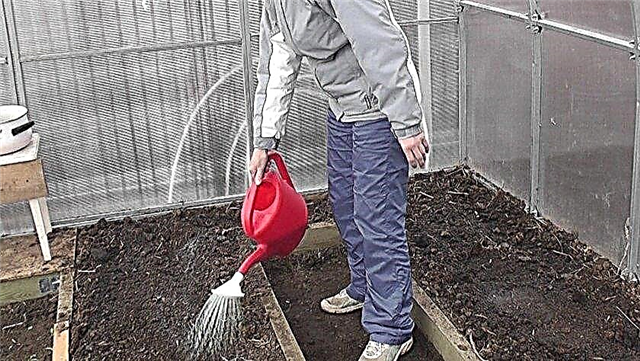
For soil cultivation, preparations in powder form are added to the soil during digging. Under the influence of moisture, the drug is activated and destroys the soil microorganisms.
The suppression of pathogenic microflora leads to an increase in the population of beneficial microorganisms, which helps to protect plants from diseases. All drugs are used strictly in accordance with the instructions on the package.
Important! In order not to harm the plants, carefully read the instructions for each drug. All of them are capable of harm if used in large doses.
How to strengthen a polycarbonate greenhouse for the winter with your own hands?
The standard thickness of polycarbonate sheets ranges from 3 to 16 mm. The thinner the sheet, the lower the strength. To make the construction economically viable, summer residents buy thinner sheets, but provide a gable or arched structure that will not allow snow to accumulate and cause collapse.
The frame can also be made of a cheaper profile with a small cross section. This design is reinforced so that it can withstand gusts of strong wind. This can be done with the help of additional arcs or installation of supports.
Duplicate arcs
The frame is reinforced with additional arcs. It can be arcs from the old greenhouse or manufactured additional elements to the size of the existing one. Installation is carried out at a certain distance from the previous arc (up to 1 m). The installation method is the same as for the main elements of the greenhouse.
Work execution order:
- The shape and dimensions of the required arcs are determined.
- Cut metal pipes (or profile) in size. Remember that you should make an additional allowance for the length of the product to bend.
- The chopped pipe is bent into the desired shape.
- Welding connect the details of the frame.
Important! Additional strengthening of the structure should be in all greenhouses whose width exceeds 2 m.
Replacing Cover Material
The recommended thickness of polycarbonate sheets is 8 mm for the roof and 6 mm for the walls. If your sheets are thinner, then they should be replaced. The polycarbonate panel can be cut using garden shears or a saw with small teeth. The quality of the sheet affects how smoothly the tool moves through the material. In addition to saws and scissors, there are other ways to cut panels - using carborundum or a disc grinder.
Work execution order:
- Before installing the panel, all holes should already be drilled in it.
- After cutting the material to the proper length, they are installed in the intended place.
- Fasten the panel with screws.
Video: Strengthening the arched greenhouse for the winter
Installation of backups
Additional transverse supports made of timber or planks, installed under the main load-bearing arches, also strengthen the structure. The supports to the main structure are bolted and sealed with rubberized inserts. The better they are fixed, the stronger the frame will be.
Installing additional elements is no more difficult than installing the greenhouse itself. But it will be better if it is installed in advance so that you do not need to perform additional work.



